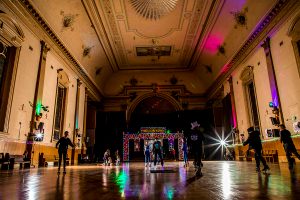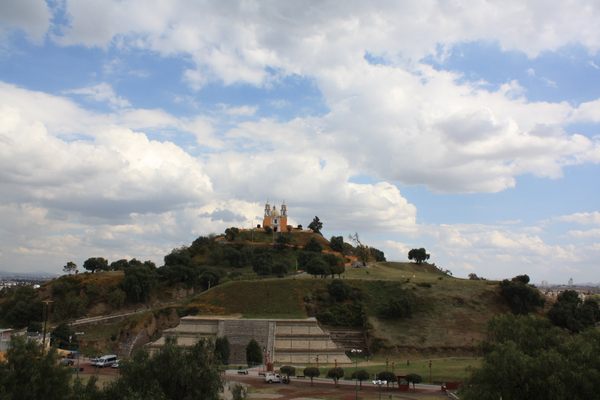About
In the spring of 1906, San Francisco all but burned to the ground. In the three days that followed the great earthquake on April 18, fires sparked through the city, started mainly by ruptured gas mains.
Dennis T. Sullivan, the city's fire chief, died in a building collapse during the initial earthquake. Water and sewage lines were severed by the shock, and the roads quickly filled with rubble, making them all but impassable to fire carriages dependent on horse-power and small portable tanks of water. For the most part, the fires raged out of control. A few were extinguished, but only thanks to a combination of bribery, extraordinary effort, and seawater.
Some 25,000 buildings were destroyed, and an estimated 3,000 people died.
This was not the first time the city had been razed by fire. In the Gold-Rush heydays of the mid-1800s, the city burned six times. Fire department structure, building codes, and water management changes were made after each conflagration, but by 1906, much of the enthusiasm and fear that drove the early improvements had stagnated in the bureaucracy of the growing city. Significantly, and against Sullivan's wishes, the cistern system had been allowed to deteriorate in favor of water mains and hydrants, a decision (or lack of foresight) that directly contributed to the destruction in 1906.
In the aftermath of the quake, city planners looked for solutions to stop the plague of fires. The solution would be called the “Auxiliary Water Supply System” (AWSS), composed of a variety of water-serving systems, including fire boats, seawater pumping stations, and a return to a system of long-term storage cisterns.
Today, 175 cisterns holding a total of 11 million gallons of water are now distributed through the city, marked on the surface by circles of red brick and a nearby hydrant topped with a green cap. The cisterns represent a worst-case-scenario fire solution based on ancient technology.
In 1989, when the city was rocked by the Loma Prieta quake, only one cistern at Fifth and Harrison streets developed a leak, and all the other held fast.
The cisterns are not connected to any other city water supply, and are maintained by the San Francisco Fire Department solely for the purpose of fire preparedness.
Related Tags
Know Before You Go
The cisterns, which look like regular manhole covers, are located throughout the city. The address above is for a cistern circle at the intersection of Douglas and Elizabeth streets.
Community Contributors
Added By
Published
May 8, 2010







































